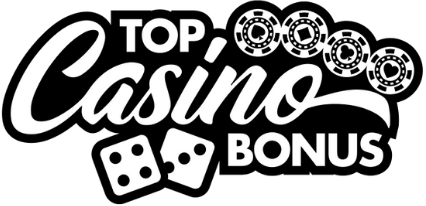The influence of house rules on blackjack and poker strategy
If there’s one lesson that sticks after decades spent leaning over green felt tables and scrutinizing dealer behavior, it’s this: the house doesn’t just play the game—it *writes* it. And every twist in that rulebook can turn a winning strategy into a losing one overnight. Too many players waltz into blackjack or poker rooms armed with textbook moves, only to get blindsided by subtle rule variations that smother their edge like a wet blanket. Knowing your strategy isn’t enough. You have to know *where* you’re playing it—and under *whose* terms. That’s where the sharpest minds separate themselves from the rest.
Table of contents
How blackjack house rules shape your edge
Blackjack isn’t one universal game—it’s a dozen micro-variants hiding behind the same name. You might think you’re playing classic twenty-one, but if the house hits on a soft 17 or offers 6:5 instead of 3:2 on blackjack payouts, your advantage melts away faster than an ice cube in a whiskey glass. In standard Vegas Strip rules, a well-practiced basic strategy can get the house edge down to around 0.5%. But swap in continuous shuffling machines (CSMs), limit doubling options, or pull a sneaky dealer peek rule, and suddenly you’ve vaulted into negative territory. I remember a pit boss in Laughlin back in ‘94 telling me with a smirk, “If they understood the 6:5 gimmick, they’d set fire to the table.” He wasn’t wrong. The payout on a natural blackjack moves from 1.5x your bet to just 1.2x in 6:5 games—making a huge dent in expected value over the long haul. To truly optimize your blackjack play, it’s your job to drill deep into the rule sheet before you sit down. Whether you’re playing traditional shoe-dealt games or new-school blackjack variations online like those found on platforms such as TopCasinoBonus’s blackjack guide, study the rule specifics. Learn more about house rules here. Adapt your counting systems or basic strategy tables accordingly, and resist sitting at any game with rules that hang you out to dry.
Poker rules and the subtle art of adaptation
Poker might look more consistent from the outside, but don’t be fooled—house rules in both brick-and-mortar cardrooms and online spaces can heavily tilt the tactical dynamic. We’re not just talking minimum buy-ins and rake structures. No, it’s subtler. Posting structures, straddle permissions, kill pots, and even showdown requirements can all shift the rhythm of the table.
Adjusting poker strategy to fit the environment
At a long-running room in Reno, they allowed under-the-gun straddles that rotated per position—completely altering pre-flop dynamics. New players stuck to old strategies got eaten alive. Knowing when a room’s rule set encourages looser play or when the rake discourages small pots can reshape your game selection and table approach. Especially in split-pot games like Omaha Hi/Lo or variants like Pineapple, house-specific quirks around declaration or missed blinds can tilt expected ROI significantly. When I toured Southeast tribal rooms, I encountered local rules allowing chop pots even with uneven stacks—a nightmare for seasoned grinders who weren’t prepared. It’s not enough to know poker theory; you’ve got to know *venue protocol*. And don’t overlook digital rooms like Spinit Casino. Online platforms often automate actions like auto-folding disconnected hands, or speed up blinds—causing players used to live pacing to leak equity by misjudging timing or focus.
Interplay of house edge and player psychology
Perhaps the most underrated influence of house rules is what they do to a player’s psychology. Confuse a player with mid-hand rule reveals, or introduce penalties for showing cards too early, and it tweaks their emotional compass just enough to induce mistakes. Discipline and rhythm—critical to long-term profitability—begin to fray. Poker is often touted as a player-vs-player game, and blackjack as player-vs-house, but in both setups, the *actual adversary* is the rulebook disguising traps as traditions. Train yourself to read those traps swiftly, and you’ll avoid the fate of those who play perfectly…but under the wrong conditions.
A final note on bankroll influence
Underestimating the impact of house rules is a shortcut to bankroll decay. You may master variance, but if your game choice consistently carries an unacknowledged structural disadvantage, you’re just putting lipstick on a pig. Having a solid bankroll management structure is important, but it can’t carry the weight of poor strategic alignment. You can’t out-bankroll bad rules.
Bottom line: respect the rulebook or pay the price
In all games—be it blackjack, poker, or even fringe games like biased-wheel roulette—what separates a smart player from the break-even crowd isn’t reflex speed or memory. It’s discernment. The ability to dissect a ruleset, detect its anomalies, and recalibrate rapidly. That’s mastery. So the next time you approach a table, ask yourself this: am I walking into a fair fight, or am I already cornered by the house’s quiet edits to the game? If you don’t have a clear answer, you’re not ready to play.


0 Comments